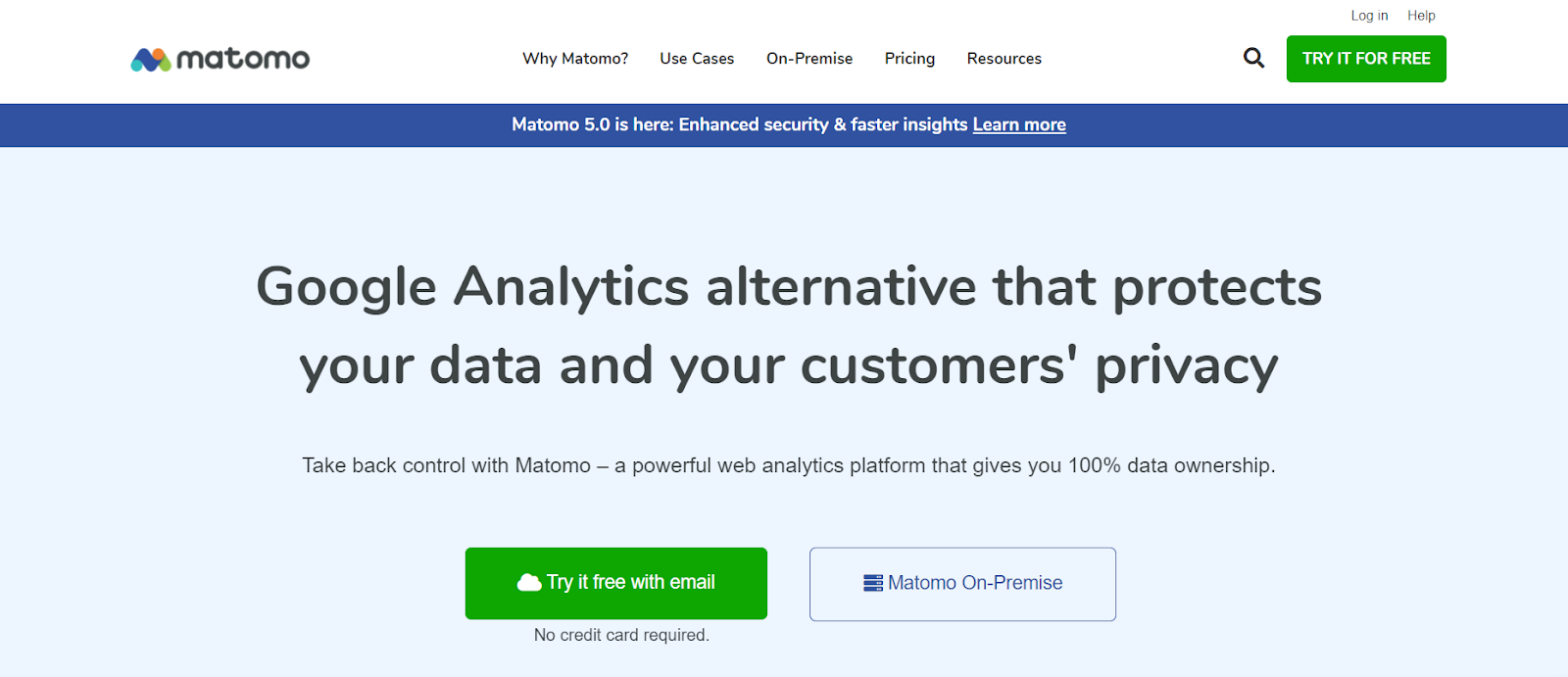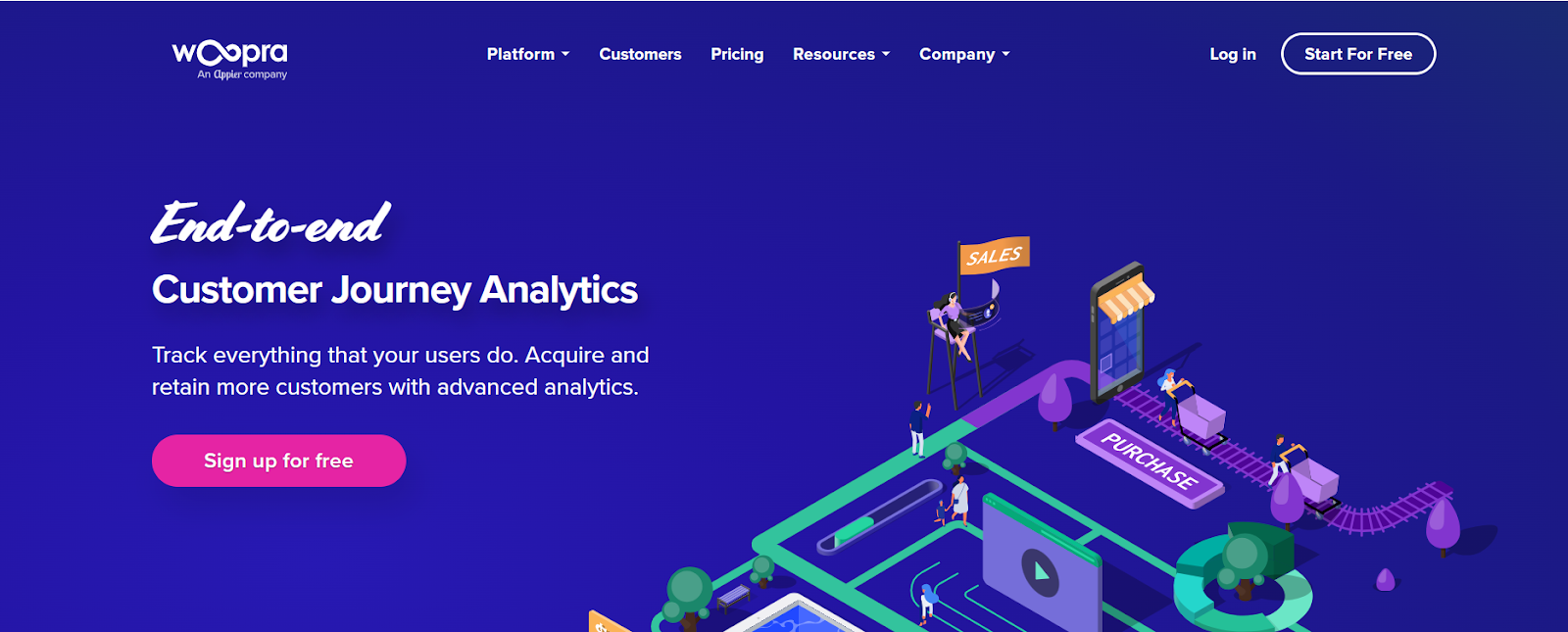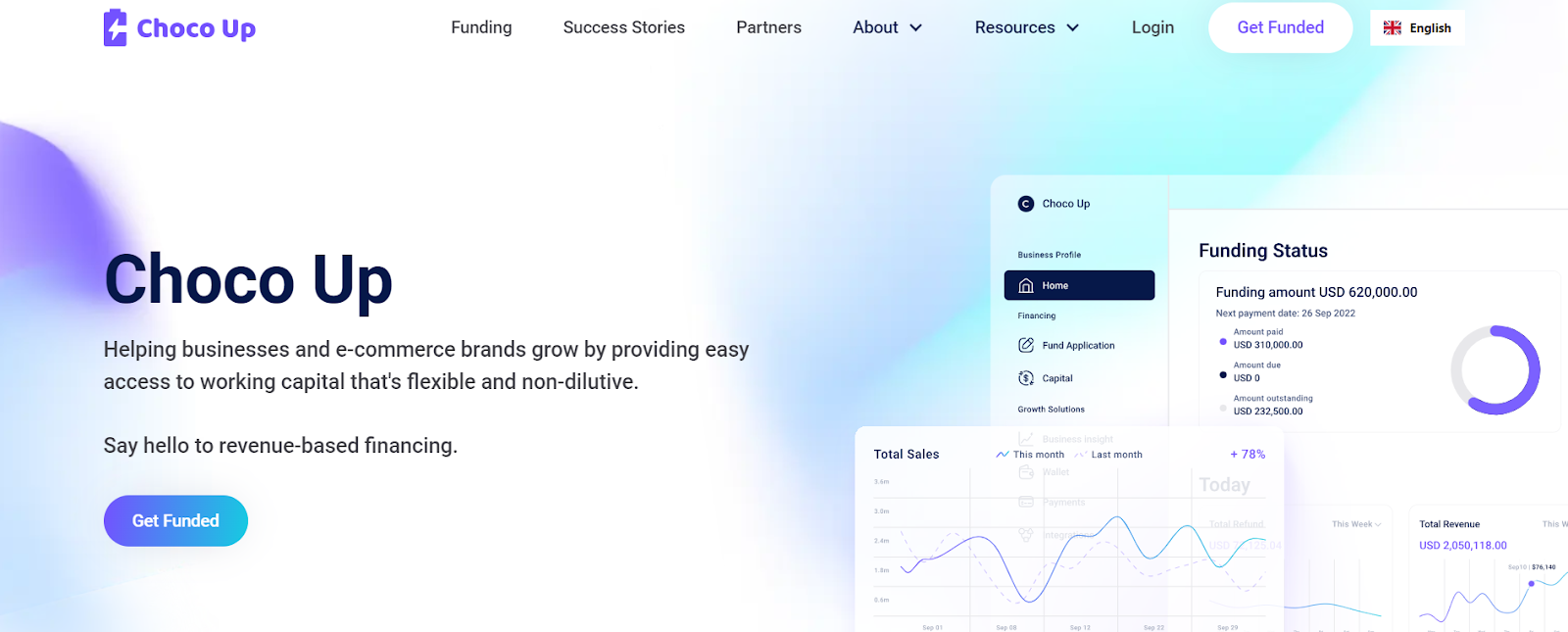What is ecommerce reporting?
Ecommerce reporting refers to gathering and analyzing data about online sales analysis, customer behavior and website or app performance to make informed business decisions. It includes tracking key performance indicators like revenue growth, average order value, engagement and conversion rates to understand how well your business is doing online.
Why does ecommerce reporting matter?
Ecommerce reporting gives you a clear picture of what and how your business is doing. Let’s take a look at some other reasons why it’s important for your business.
- It provides you with insights into sales performances, customer behavior and market trends to make more informed decisions.
- It allows you to measure the effectiveness of your marketing strategies and optimize them.
- By tracking the effectiveness of the individual strategies, it allows you to better allocate your resources.
- It allows you to provide tailored experiences to your customers and offer a better customer experience.
- It helps you to track and better understand your sales report and revenue.
- It allows you to track trends and patterns in customer behavior and predict future demands and better manage your inventory.
Here are some important KPIs that can help you measure the success of your online business:
Conversion rate
A conversion rate is the percentage of users who do a desired action on a website, such as purchasing or completing a form. Conversion Rate Optimization (CRO) involves strategies for increasing this percentage to improve the effectiveness of a website visitors or landing pages in converting visitors into buyers.
Average order value (AOV)
AOV is the average amount customers spend on each transaction. Monitoring AOV enables you to examine purchase behavior and develop strategies to increase revenue per order for potential customers.
Customer acquisition cost (CAC)
CAC determines the cost of attracting new customers . Businesses can evaluate the success of their ecommerce marketing and customer retention activities by comparing CAC to customer lifetime value (CLV).
This KPI measures the percentage of customers who add products to their cart but leave the site without purchasing. Addressing variables that contribute to cart abandonment may increase conversion rates.
Return on investment (ROI)
ROI measures the profitability of marketing campaigns and other investments. Calculating ROI allows businesses to measure the success of their activities and allocate resources effectively.
Types of ecommerce Reports
Here are some commonly used types of ecommerce reports:
Marketing reports
Marketing reports measure and visualize the performance of your marketing campaigns. Marketing reports may include metrics such as the number of orders with coupons, the number of customers, conversion rates, and customer acquisition data.
Conversion reports
Conversion reports track different types of conversions on your ecommerce website. They provide insights into which product pages, recommendations, discounts, and emails convert to best practices.
Traffic source reports
Traffic source reports analyze the sources of website traffic for your ecommerce business. They categorize traffic into different channels: organic search, paid search, social media, referrals, and direct visits. You can allocate your marketing budget effectively by understanding which channels drive the most traffic and conversions.
Customer behavior reports
Customer behavior reports provide insights into customer behavior tracking. They can include metrics such as customer demographics, purchase patterns, browsing behavior, and customer lifetime value. They help you better understand your customers and create strategies for their needs.
Inventory reports
Inventory reports track the status of your inventory. They provide information on stock levels, product availability, and sales performance for different products. Inventory reports help you effectively manage your inventory management insights and avoid stockouts or overstocking.
Financial reports
Financial reports focus on the financial performance of your online business. They include metrics such as revenue, profit margins, cost of goods sold, and expenses. Financial reports help you assess your business's profitability and financial health.
Customer service reports
Customer service reports analyze the performance of your customer service team. They include metrics such as response time, customer satisfaction ratings, and issue resolution rates. Customer service reports help you identify areas for improvement and ensure a positive customer experience.
Here are some ecommerce reporting tools that you can use to track the different aspects of the success of your ecommerce store.
Google Analytics
Google Analytics provides comprehensive insights into website traffic analytics, user behavior, and conversion metrics for ecommerce businesses. It offers reports on sales performance, user data, user demographics, and acquisition channels.

Hotjar
Hotjar offers heatmaps, session recordings, and user surveys to understand how visitors interact with your ecommerce site. It helps identify usability issues, optimize conversion funnels, and improve the user experience.

Matomo
Matomo is a self-hosted analytics platform that provides customizable reports for ecommerce sites. It offers detailed insights into visitor behavior, product performance, and conversion funnels while ensuring data privacy.
 Mixpanel
Mixpanel
Mixpanel specializes in user-centric analytics, offering reports on user engagement, retention, and product usage. Ecommerce businesses can track customer journeys, segment audiences, and optimize marketing strategies based on user behavior.

Woopra
Woopra offers real-time analytics and customer journey tracking for ecommerce businesses. It provides insights into user behavior across multiple touchpoints, allowing businesses to personalize marketing campaigns and improve customer retention.

Growth Insight by Choco Up
Choco Up Growth Insight by Choco Up is a tool that integrates with ecommerce platforms to provide actionable insights. It helps businesses analyze sales data, identify trends, and optimize marketing strategies for better ROI.

Conclusion
Ecommerce reporting is crucial for online businesses. It involves collecting, analyzing, and presenting data to understand and improve performance. By using ecommerce reporting well, you can make smart decisions for your businesses, refine strategies, and grow in the online market. You can also use the different tools outlined in this article for your specific needs and take your business to new heights.










